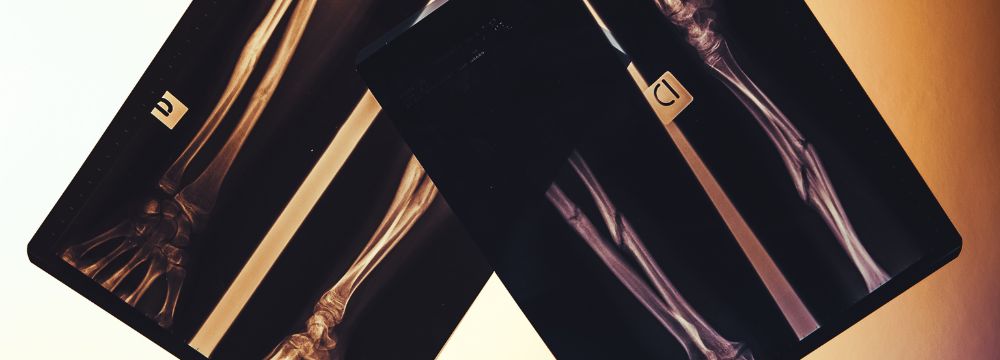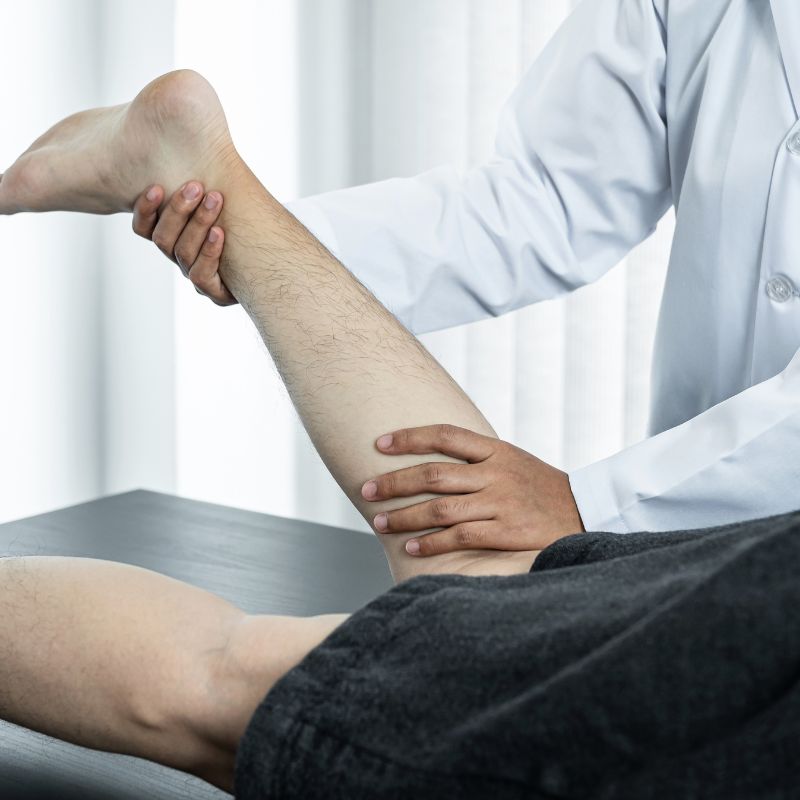Pain
Most patients will not feel significant pain after their procedure but will need to manage some mild pain and discomfort from the incisions. Tylenol (acetaminophen) is usually sufficient to manage the pain. During the lengthening process, most patients do not feel more than slight discomfort as the bones are only pulled apart by a very small amount during each session.
Restrictions
The internal device will keep the bones stable. There are no restrictions regarding position or motion of the extremity at rest (such as when sleeping).
Depending on the device used, the extremity may have weight-bearing restrictions.
If restricted to touch-down weight bearing, you may rest the foot on the floor but not put weight on it (such as to transition or pivot to another position). You will use a walker or crutches to keep weight off the extremity until your surgeon directs you otherwise.

